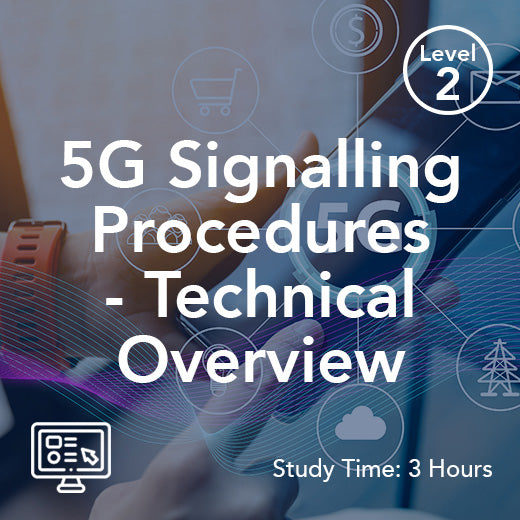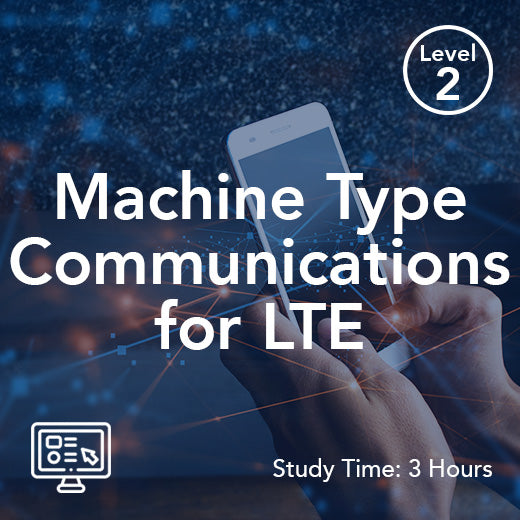what is a usim
- , by Paul Waite
- 2 min reading time
A USIM, or Universal Subscriber Identity Module, is a specialized smart card used in mobile devices to securely store and manage subscriber information. In the UK market, USIM cards are commonly used in 3G and 4G mobile networks to authenticate users and provide access to network services. USIM cards contain unique identifiers, encryption keys, and authentication algorithms that help ensure the security and privacy of user communications. By verifying the identity of the subscriber and encrypting data transmissions, USIM cards play a crucial role in safeguarding against unauthorized access and fraud in telecom networks. Additionally, USIM cards enable advanced features such as secure mobile payments, secure access to online services, and secure communication over the internet. Overall, USIM cards are essential components of modern telecom infrastructure, providing a secure and reliable means of connecting users to mobile networks and enabling a wide range of innovative services.
A USIM (Universal Subscriber Identity Module) goes beyond the basic functions of a traditional SIM card (Subscriber Identity Module) by introducing enhanced security features and broader capabilities. Built on the Universal Integrated Circuit Card (UICC) platform, a USIM acts as a smart card with an internal operating system and file system that securely manages the user identity, encryption keys, and other critical parameters. Unlike traditional SIM cards, which were primarily designed for GSM networks, USIMs are optimized for later networks such as 3G, 4G, and beyond, ensuring compatibility and scalability.
One of the main advantages of USIM cards lies in their ability to handle secure communication and data exchanges for multiple applications. For example, they support mobile banking, secure internet access, and even software applications that require authentication and integrity checks. By storing encryption keys and algorithms within the chip, USIMs guarantee that only authorized devices and users can access network services. This makes them essential not only for telecom operators but also for enabling secure access to third-party services such as online accounts, contacts, and messages.
The difference between SIM and USIM can also be seen in their storage capacity and enhanced features. While a SIM typically stores basic subscriber information, a USIM card supports other data, new algorithms, and larger memory for more complex applications. In practice, this means USIMs can support multiple services and capabilities simultaneously, such as secure mobile payments, encrypted communication, and data integrity for mobile phones and other devices. By offering this advanced functionality, USIMs serve as a cornerstone of modern mobile networks, ensuring secure access and enabling the enhanced features that define today’s connected experience.

































